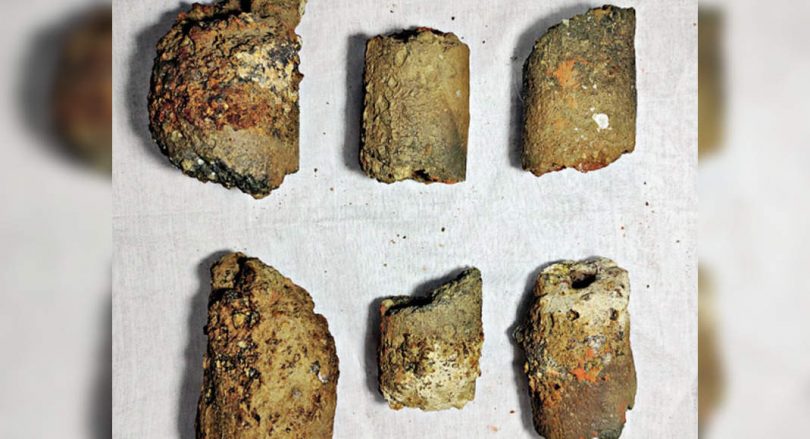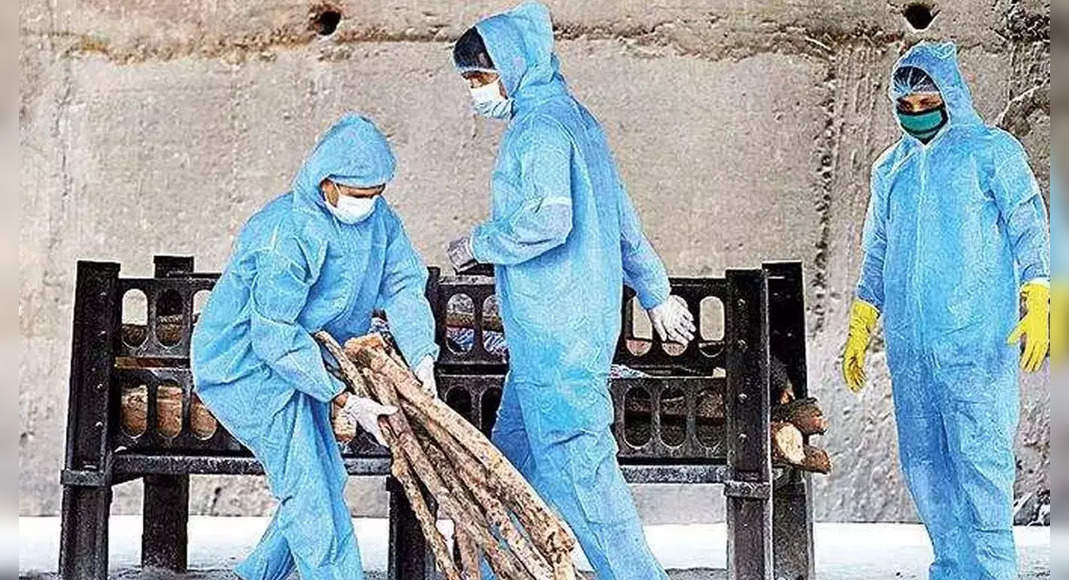JAIPUR: The state archaeology and museology department has discovered 11 coin moulds made up of terracotta dating back to 100 AD to 200 BC from an empty pond at Nagar Fort in Tonk.
The coin casting mould is in five different sizes with symbols inscribed on it belonged to Malavas dynasty (4 BC to 7 CE) is first of its kind tool discovered in the state is seen as connecting the dots to the discovery of 3,701 coins found from the same place in 1937 and 1942.
The moulds are different from each other in their size, depth, diameter and symbols but what has amazed the archaeologist that the weight of every coin recovered earlier was the same.
“The five symbols inscribed on one side of the mould, sun, moon, six arms, a tree, horns of the bull.
The shape of the coins varies from pentagonal, square, round and rectangle,” said Zaffarullah Khan, retired excavation superintendent, department of archelogy and museology.
Khan, author of eight books on numismatics, called it a shattering discovery.
The primary study says that these were not the only sites where the dynasty once ruled from present Punjab to Rajasthan, Madhya Pradesh, and Gujarat.
“The discovery of 3,701 coins earlier includes 573 copper coins are similar to the mould discovered from the site.
Another recovery of bricks walls, the size and composition has led us to conclude its period from 100 AD to 200 BC,” said Khan.
The discovery of fragments of tuyere which are airflow pipe used to flow air in the furnace, leading to strong speculation of the presence of iron furnaces here.
“The three-layered soil with the middle layer composed of ash deposits used in the furnace.
The huge chunks of iron ore confirm the area to be a hub of metallurgy,” said Neeraj Tripathi, Neeraj Tripathi, circle superintendent, state archaeology and museum department.
Earlier studies have confirmed the place doesn’t have iron mines which says that the sole use of iron ore was for metallurgy.
“Our next aim is to trace the iron furnaces which will be the biggest discovery of my life,” said Tripathi.
He speculates that the entire areas have to excavate as the possibility of that period weapons and other metallurgical tools can be established.
Notably, the area is barely a kilometre away from an ASI protected site where the studies have established that habitat exists.
Here so far no signs of habitat were found gives rise to a new discovery that the concept of industrial towns did exist during that period.







